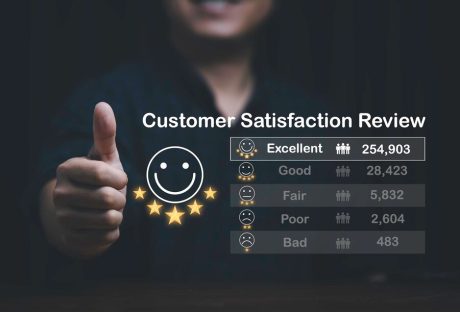As the UK’s divorce from the EU grows closer there are still many questions that need to be answered. The impact of Brexit on companies who retail both domestically and overseas is still uncertain as politicians attempt to thrash out the finer details. Whilst some businesses are sitting tight, waiting to see what transpires, there are others who are trying to take a more proactive approach by looking for solutions and even advantages. And it is with this in mind that we offer some retail tips for success post Brexit.
Consider the Customers:
No matter what the outcomes of Brexit are, perhaps the most important thing for retailers to do is to consider their customers – let’s face it if customers walk away in their droves, then little else matters.
Post Brexit customers will still be looking for value and they will still be looking for a great service. Maintaining this is paramount to the ongoing success of any retail operation, but what does it involve?
There needs to be an equilibrium between the three involved parties; the supplier, the retailer and the customer. If price outstrips value, then the customer is likely to look elsewhere. Retailers may need to re-examine their relationship with suppliers should Brexit bring about cost increases.
Focus on Retail Spaces:
In order to meet the challenges that Brexit poses and to exploit the opportunities it brings, a new focus on retail spaces may be required. The high street is now notoriously difficult to navigate for retailers and so optimizing the return on investment is vital.
Increased agility may be the answer and to achieve this the expertise of a real estate advisory service such as GVA Worldwide may be the most effective solution. If retailers are looking for a prime urban location, for example, the help of a team that has intimate knowledge of the environment could prove to be pivotal. This is particularly relevant if companies are looking for retail space in the EU.
Employ First Class Logistics:
It would be naive to think that e-commerce will not be a key feature of a post-Brexit retail world and that capitalizing on it will be a necessary factor for success. And as customers come to expect more and more, a first-class logistics service will be required – one that can operate just as well across borders as it can in the UK.
Retail companies need to use logistic providers that can offer a fast, quality service to anywhere in the world and who are safe and reliable – world markets will become even more important in a post Brexit business climate.
Protect Your Staff:
Many companies who are based in the UK employ staff from the EU and protecting them will help ensure success after Brexit. Staff comes second only to customers when it comes to the retail business and making sure that they are safe and secure should be high on the agenda. Consulting immigration lawyers may be one way of protecting your staff and therefore your business.
In the short term it is unlikely that there will be any great changes post-Brexit, but looking to the medium and long-term is what retail companies need to do for ongoing success.
Read More:






















